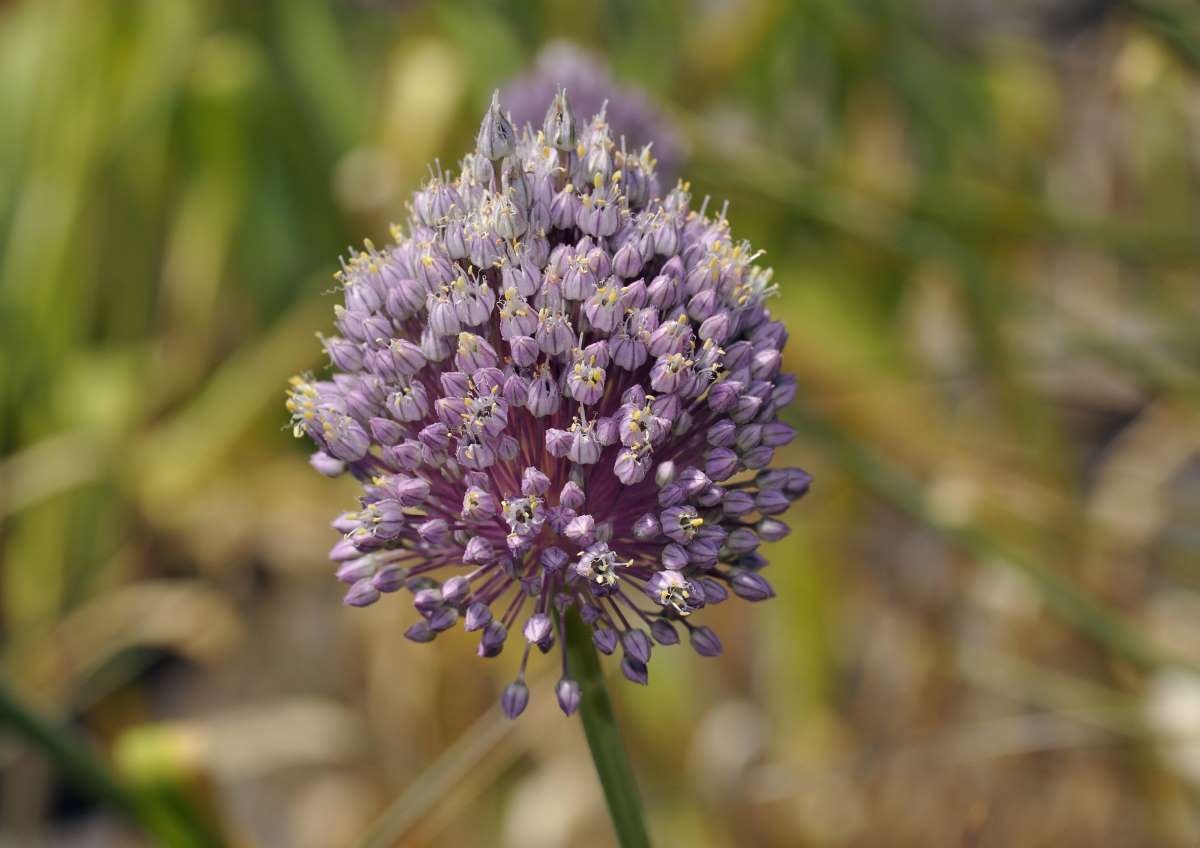Description
Allium – Onion
There are about 700 species of bulbous perennials and biennials, in this genus. Native to temperate regions in the northern Hemisphere and Western and Central Asia. A single bulb produces clusters of off sets bulbs around it, which gradually forms clumps and range in height from 4” to 5’ feet tall. They bear bell, star, cup, and spherical, sometimes hemispherical or ovoid occasionally pendent ½-12” wide flower heads. The linear to strap shaped basal or stem-clasping leaves when bruised or cut excrete onion smell. They bloom in spring and autumn and some species are edible and have culinary uses. Contact with bulb may irritate skin.
They prefer to grow in open sunny position in fertile well-drained, weed free soil.
Prone to onion fly, stem eelworm, rust, onion white rot, bulb rots, White rot, mildew, smut and various fungal leaf spots thrips.
Allium ampeloprasum – Wild Leek – Kurrat – This species is very adaptable to coastal, rocky, and other environments. It grows 4’ feet tall in a robust habit has papery bracts enclose the globe shaped umbel drooping off as the hundreds of tiny dull pink flowers open. The 18” grayish green leaves have a waxy texture with rough edges. Some are cultivated as vegetables in the Middle East.
Zones 6-10





